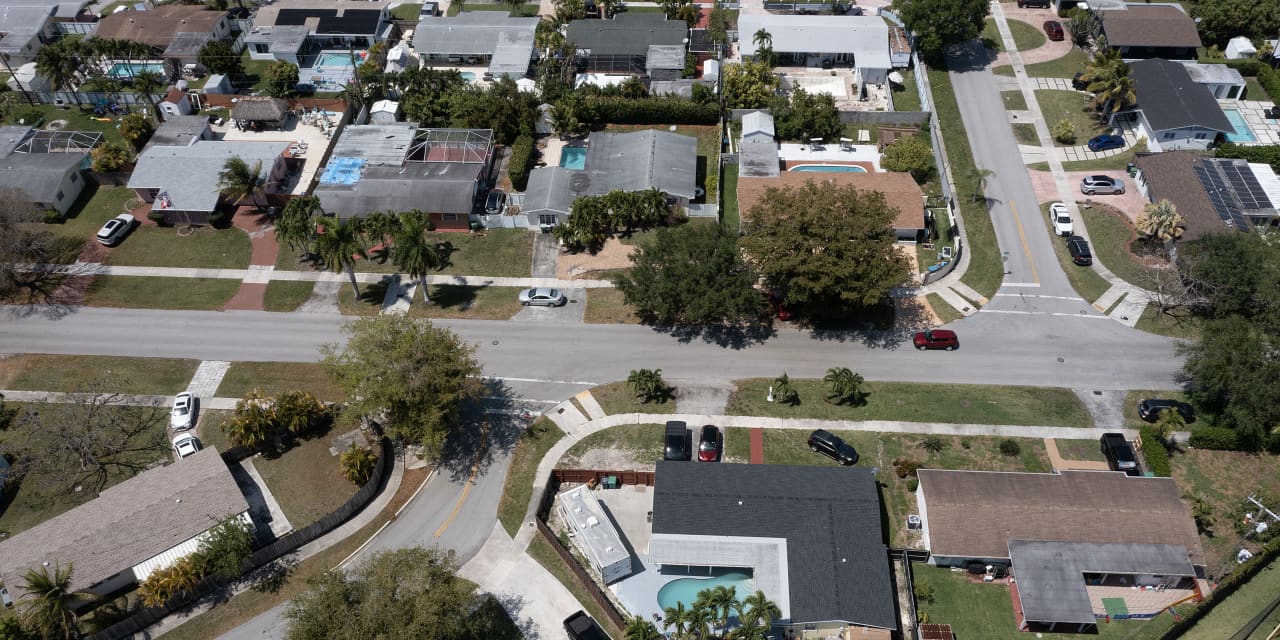Homeowners are sitting on near-record home equity, but tapping it is more costly than it’s been in years.
That’s the double-edged sword of today’s housing market, and it has serious implications for older adults. Retirees who want to downsize and pad their savings with the proceeds of their home sale are finding that condos aren’t necessarily cheaper. And those who want to stay put and renovate—either by choice or because they are priced out of their next move—are encountering high rates on home-equity lines of credit, once considered a reliably affordable financing option. The current average Heloc rate is 9.27%, according to Bankrate.com.
Still, Helocs have emerged as a favored option for those who want to extract home equity in today’s environment. Balances on home-equity credit lines rose by $11 billion in the fourth quarter of 2023, according to the Federal Reserve Bank of New York, the second-biggest quarter-to-quarter jump since the 2007-09 financial crisis. At $100 billion, the biggest balance is held by homeowners aged 50 to 59.
Some of this growth can be attributed to the “lock-in effect,” according to New York Fed researchers. Homeowners with a low mortgage rate (or no mortgage at all) aren’t eager to do a cash-out refinance that would burden them with a new mortgage at today’s rates of around 7%. (Home buyers who had been looking forward to lower mortgage rates may have to wait, as stronger-than-expected economic data has dashed, for now, investors’ expectations for rate cuts by the Fed.) While Heloc rates are higher, they are typically applied to a smaller loan amount.
Helocs can still be a pragmatic option today, as long as you know what you’re getting into. Here are some considerations.
Heloc loans are generally variable-rate, and fluctuating payments can make budgeting difficult. The rate typically resets after changes to the prime rate, which in turn is based on the federal-funds rate. Unlike a home-equity loan, which is typically a lump sum, a home-equity line of credit allows you to draw down money as needed. As such, Helocs can work well to finance home renovations in which the construction and payments are spread out over time.
Even homeowners who can afford to pay for remodeling outright might not want to liquidate part of their portfolios—and potentially owe capital-gains tax—to do so. What’s more, for taxpayers who itemize their deductions, the Internal Revenue Service allows interest payments on Helocs to be deducted as long as “borrowed funds are used to buy, build, or substantially improve the taxpayer’s home that secures the loan.”
Megan Slatter, a wealth advisor at Crewe Advisors in Salt Lake City, has clients who are planning construction on their dream home. To finance it, they have secured a margin loan and a pledged asset line with competitive pricing. If rates decline, they may turn to a Heloc next, especially if they can take advantage of a low starter rate and then pay the loan off with the sale of their prior home before the rate resets.
Look beyond the interest rate to the total cost of capital with a Heloc, Slatter advises, including closing costs, origination fees, and any annual fees. If the lender is offering a low teaser rate, make sure you know how long it will last. Also, understand any conditions under which the Heloc could be reduced or frozen, such as a decline in your credit score or a significant drop in home values.
Mary Johnson, Social Security and Medicare policy analyst at the Senior Citizens League, has taken out a Heloc in the past and says she might consider one again when rates decline. Johnson, who plans to retire next month, would use the proceeds to make her 1958 Cape Cod home more age-friendly. “This is not for the undisciplined,” she says of the strategy.
Write to Elizabeth O’Brien at [email protected]
Read the full article here




